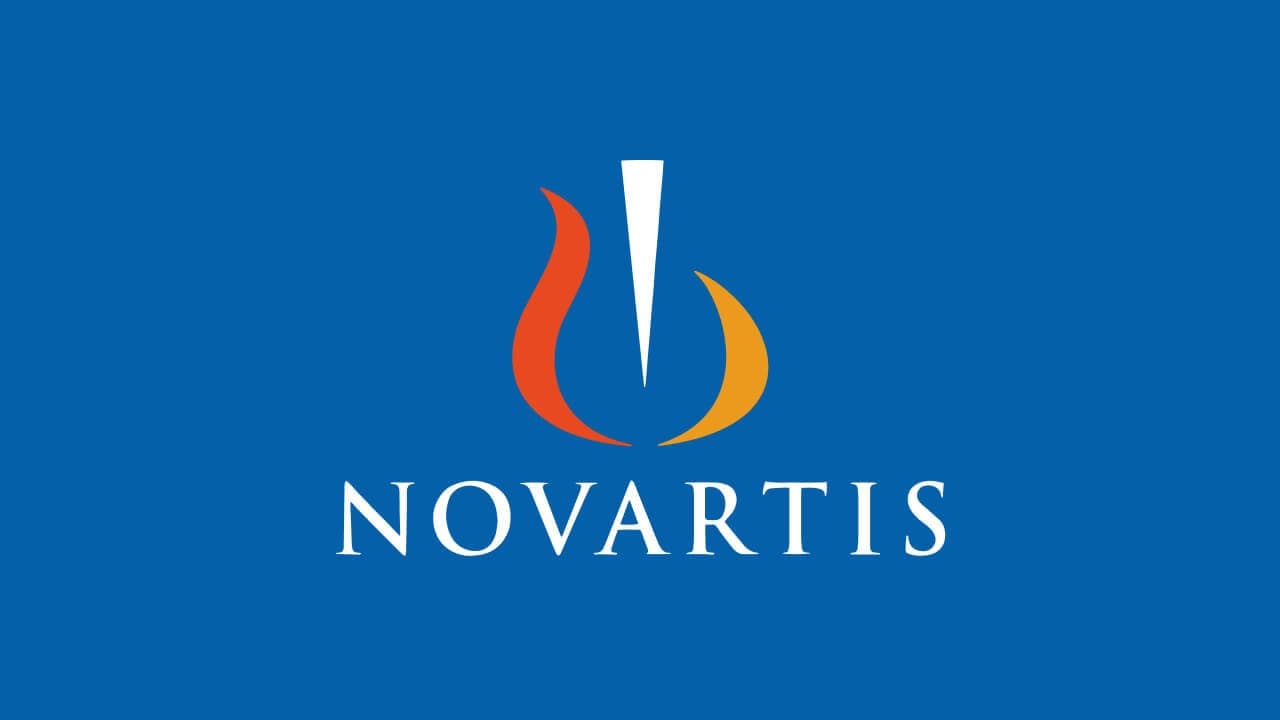Novartis’ Stockpiling Strategy to Beat Potential U.S. Pharma Tariffs
Discover how Novartis is navigating looming U.S. pharmaceutical tariffs with strategic stockpiling and local manufacturing investments, securing supply and stability amid trade uncertainties.

Key Takeaways
- Novartis increased U.S. pharmaceutical stockpiles to last until mid-2026.
- The company plans local manufacturing shifts to avoid tariff impacts.
- U.S. tariffs on Swiss imports currently exclude pharmaceuticals but may change.
- Section 232 investigation could impose tariffs up to 250% on pharma imports.
- Novartis announced $23 billion in U.S. investments for production expansion.

Trade tensions between the U.S. and Switzerland have stirred waves in the pharmaceutical world. Novartis, a Swiss pharma giant, is bracing for potential tariffs from the Trump administration by significantly boosting its U.S. stockpiles. CEO Vas Narasimhan revealed these reserves could sustain supply through mid-2026, a strategic buffer against sudden trade shocks.
This move comes amid a 39% tariff on Swiss imports, temporarily sparing pharmaceuticals, but with a looming Section 232 investigation threatening steep sector-specific duties. Novartis isn’t just stockpiling; it’s investing $23 billion to localize manufacturing, aiming to shift packaging and final product assembly stateside within two years.
In this article, we unpack Novartis’ stockpiling strategy, the trade policy backdrop, and what this means for the pharmaceutical industry’s future in the U.S. market. Let’s dive into how this giant is steering through uncertain waters with savvy moves and big bets.
Navigating U.S. Pharma Tariffs
Imagine waking up to a sudden 39% tax on your favorite imports. That’s the reality Novartis faces after the U.S. slapped tariffs on Swiss goods in August 2025. Pharmaceuticals, for now, are exempt—but only temporarily. The looming Section 232 investigation could change the game, potentially imposing tariffs as high as 250% on drug imports.
Novartis CEO Vas Narasimhan admits it’s tough to predict if such steep tariffs will hit. But the company isn’t waiting around. They’re preparing for all scenarios, knowing that the investigation’s results could come weeks or months from now. This uncertainty fuels a cautious but bold strategy.
The stakes are high. Tariffs on pharmaceuticals risk disrupting supply chains, hiking drug prices, and squeezing innovation budgets. For patients and healthcare systems, that’s a triple threat. Novartis’ stockpiling and investment moves are a direct response to these risks, aiming to keep medicines flowing no matter what trade winds blow.
Building Stockpiles as a Buffer
Stockpiling isn’t just hoarding—it’s a strategic lifeline. Novartis has significantly increased its pharmaceutical reserves in the U.S., enough to last until mid-2026. Think of it as filling a giant medicine cabinet before a storm hits.
This move buys time. If tariffs suddenly apply, Novartis can keep supplying the U.S. market without scrambling for alternatives. It’s a buffer against chaos, ensuring patients don’t face shortages or price spikes overnight.
Other pharma companies are following suit, recognizing that stockpiling can be a powerful lever in trade disputes. It’s a reminder that in global business, sometimes the best offense is a well-prepared defense.
Investing in Local Manufacturing
Stockpiles are a short-term shield, but Novartis is thinking long-term. The company announced $23 billion in medium-term investments to boost U.S. production capabilities. The goal? To manufacture key products locally and sidestep tariffs altogether.
CEO Narasimhan envisions shifting final filling and packaging to the U.S. within two years, with broader manufacturing localization in three to four years. This isn’t just about tariffs—it’s about embedding Novartis deeper into the American market.
Localizing production reduces reliance on imports, cuts logistical headaches, and signals commitment to U.S. healthcare. It’s a hefty bet, but one that could pay off by insulating Novartis from future trade shocks.
Understanding Trade Policy Uncertainty
Trade policy is a moving target. The Section 232 investigation is still underway, and no one knows when or if tariffs up to 250% will be imposed on pharmaceuticals. This uncertainty makes planning a high-wire act.
Novartis is working through multiple scenarios, hoping the government appreciates that ramping up U.S. production takes time. The company’s cautious optimism reflects the complex dance between business strategy and regulatory timelines.
For investors and industry watchers, this means staying alert. The pharmaceutical sector’s landscape could shift dramatically once the investigation concludes, reshaping supply chains and market dynamics.
Implications for Pharma and Patients
Tariffs on pharmaceuticals aren’t just a corporate headache—they ripple through the entire healthcare ecosystem. Higher import costs can lead to pricier medicines, making treatments less accessible for patients.
Moreover, when companies divert resources to tariff mitigation, investment in research and innovation can suffer. That’s a double whammy: fewer breakthroughs and tighter patient budgets.
Novartis’ strategy to stockpile and localize production aims to shield patients from these shocks. But the broader industry must grapple with balancing trade policy realities against the urgent need for affordable, innovative medicines.
Long Story Short
Novartis’ proactive stockpiling and hefty U.S. investments paint a clear picture: the pharmaceutical industry is gearing up for a new era of trade challenges. Their reserves, set to last until mid-2026, offer a vital cushion against tariff shocks, while localizing production promises long-term resilience. Yet, the path ahead remains clouded by the unresolved Section 232 investigation and unpredictable tariff outcomes. For Novartis and its peers, balancing supply security with regulatory uncertainty is a high-stakes dance. The stakes are not just corporate profits but patient access and innovation momentum. For investors and industry watchers alike, Novartis’ approach underscores the importance of agility and foresight in global trade. It’s a reminder that in finance and pharma alike, preparing for the unexpected isn’t just smart—it’s essential.